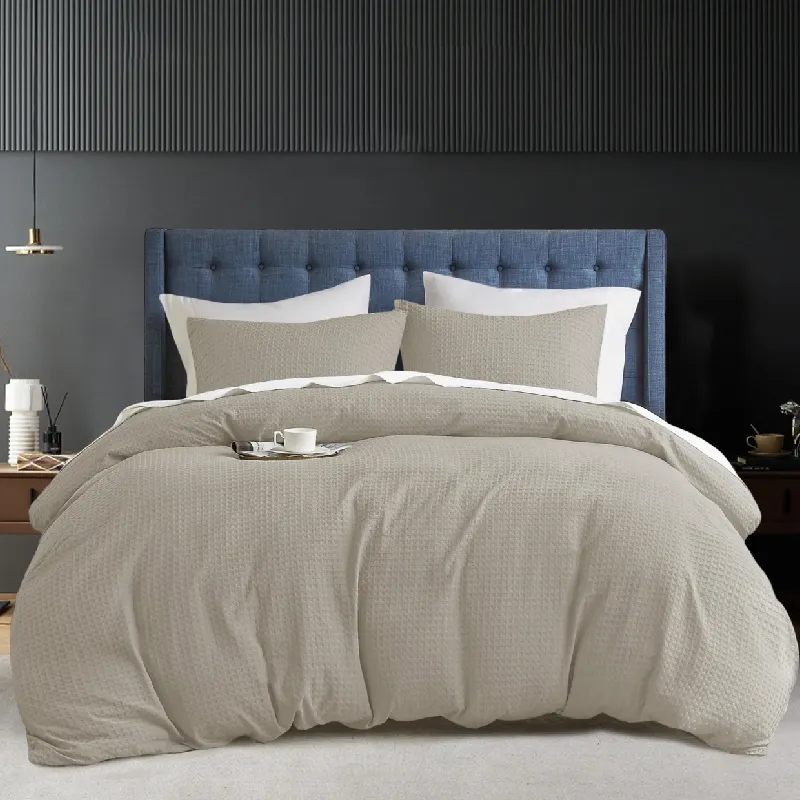down comforter filler
Understanding Down Comforter Fillers A Comprehensive Guide
When it comes to bedding, few items are as cherished as a down comforter. Known for their luxurious feel and excellent insulation properties, down comforters offer unrivaled warmth and comfort, making them a staple in many households. However, not all down comforters are created equal, and one of the most significant factors influencing their quality is the type of filler used. In this article, we delve into the world of down comforter fillers, exploring the benefits of down, the differences between down and synthetic options, and how to choose the right comforter for your needs.
What is Down?
Down is the soft, fluffy undercoating found beneath the feathers of ducks and geese. This natural insulation material plays a crucial role in regulating the bird's temperature and is prized for its lightweight, airy qualities. Down clusters trap air, providing excellent thermal insulation while maintaining breathability. This makes down comforters incredibly warm without the weight often associated with other types of bedding.
Types of Down Fillers
Down comforters are often filled with a combination of down and feathers, or they may be made entirely of down. Here are the common classifications
1. 100% Down These comforters contain only down clusters, offering the highest level of softness, loft, and insulation. Because they are not mixed with feathers, they typically provide an ultra-luxurious feel.
2. Down Blend These fillers combine down with feathers, making them less expensive than pure down options. While they offer good warmth, the presence of feathers may lead to a heavier comforter, which some users may find less preferable.
3. Duck Down vs. Goose Down Duck down is generally less expensive and often found in budget comforters, while goose down is considered the epitome of luxury due to its larger clusters that provide excellent insulation. Additionally, goose down tends to be softer and has a higher fill power, which is the measure of its insulating effectiveness.
4. Fill Power This metric measures the fluffiness and insulating efficiency of down. A higher fill power (typically ranging from 500 to 900) indicates greater loft and warmth, enabling a lighter comforter to provide adequate insulation.
Advantages of Down Comforters
1. Thermal Insulation Down comforters excel in trapping heat while remaining lightweight, making them ideal for various climates.
2. Breathability The natural fibers of down allow for excellent airflow, reducing the likelihood of overheating during sleep.
down comforter filler

3. Durability With proper care, down comforters can last for many years. High-quality down can withstand regular use without losing its loft.
4. Natural Material Being a natural product, down is biodegradable and poses fewer ecological concerns compared to synthetic alternatives.
Synthetic Alternatives
While down has many benefits, synthetic fillers such as polyester fiberfill have gained popularity due to their affordability, hypoallergenic properties, and ease of care. Synthetic comforters are typically machine washable and dry quickly, making them convenient for those with busy lifestyles. However, they may not provide the same level of warmth, breathability, or durability as down.
Choosing the Right Down Comforter
When selecting a down comforter, consider the following factors
1. Fill Type Decide between 100% down, down blend, or synthetic based on your budget and personal preferences.
2. Fill Power For colder climates, opt for a comforter with higher fill power (600+) to ensure warmth, while lower fill power (500-600) may be adequate for milder conditions.
3. Weight Choose a weight that feels comfortable for you. Some people prefer heavier comforters for a sense of security, while others enjoy the lightness of low-weight options.
4. Care Requirements Consider how much maintenance you’re willing to undertake. Down comforters usually require special cleaning, while synthetics are often machine washable.
Conclusion
A down comforter can be an exceptional investment for creating a comfortable and cozy sleep environment. Understanding the various down fillers and their properties will assist you in making an informed decision that meets your needs and preferences, ensuring a restful night’s sleep for years to come.
-
Elevating Comfort and Quality with the Right Bed LinenNewsJul.07, 2025
-
Bedding Essentials: From Percale Sheets to White Quilts, Finding Your Perfect Sleep HavenNewsJul.07, 2025
-
Choosing the Right Bedding for a Comfortable and Stylish BedroomNewsJul.07, 2025
-
Understanding the Diverse World of Towel TypesNewsMay.29, 2025
-
The Ultimate Comfort: Discover the Benefits of Polycotton SheetsNewsMay.29, 2025
-
Experience Luxury with 1800 Brushed Microfiber SheetsNewsMay.29, 2025
-
Elevate Your Sleep with Luxurious Hotel Sheets for SaleNewsMay.29, 2025






